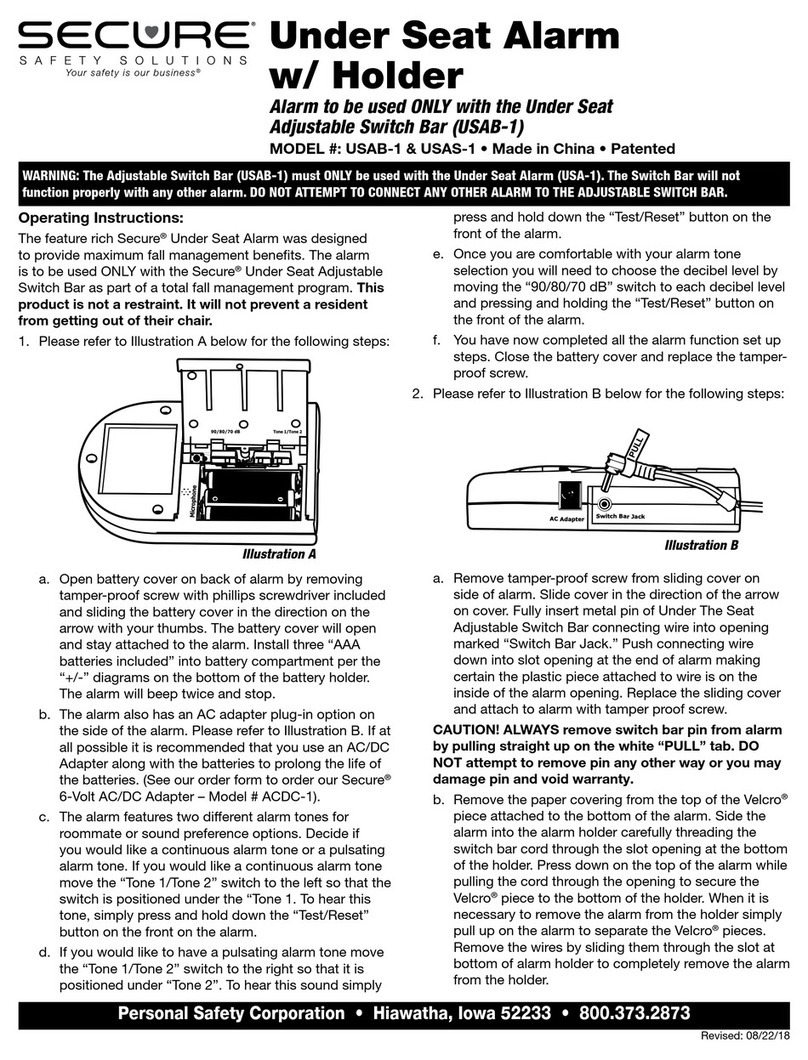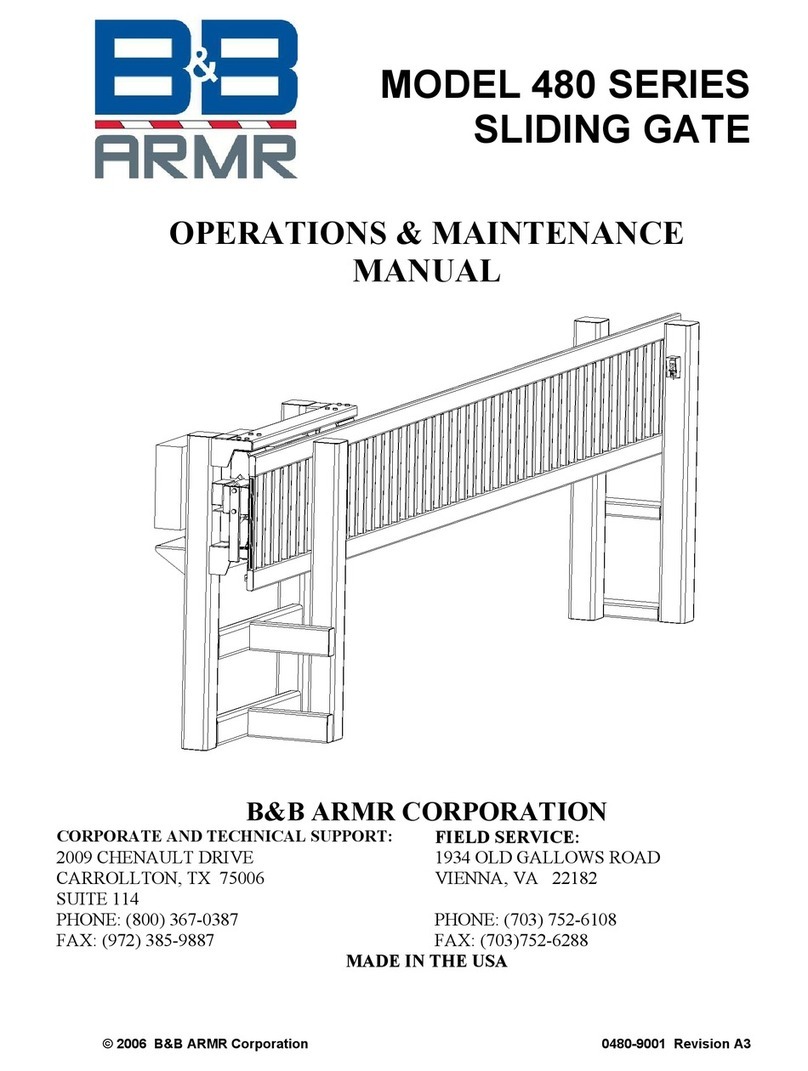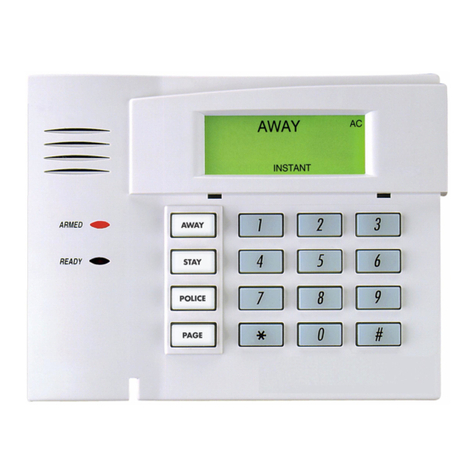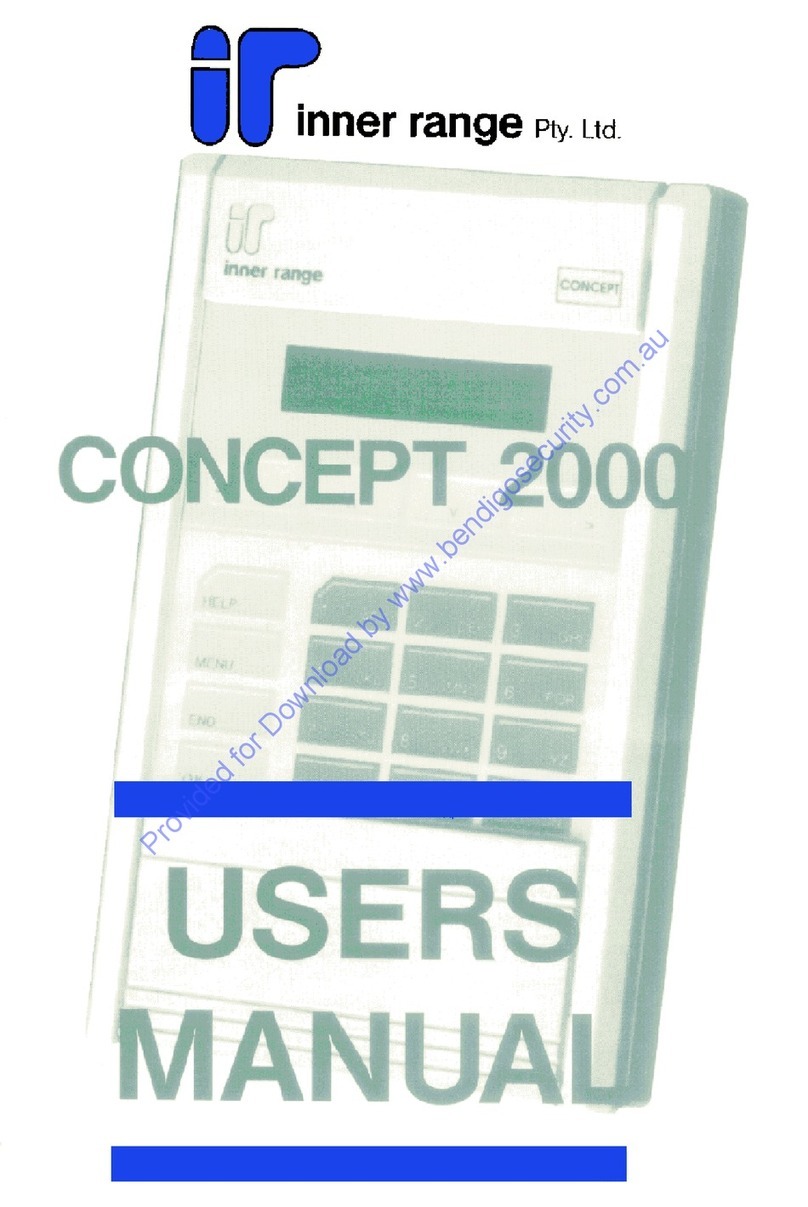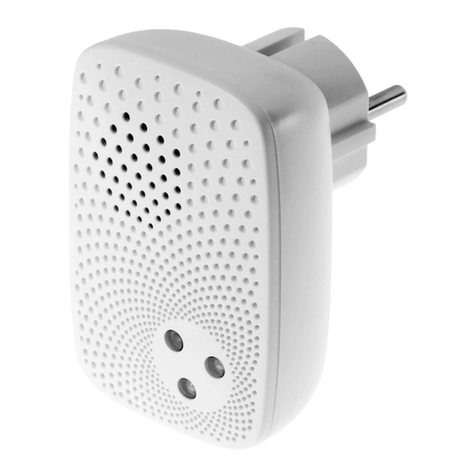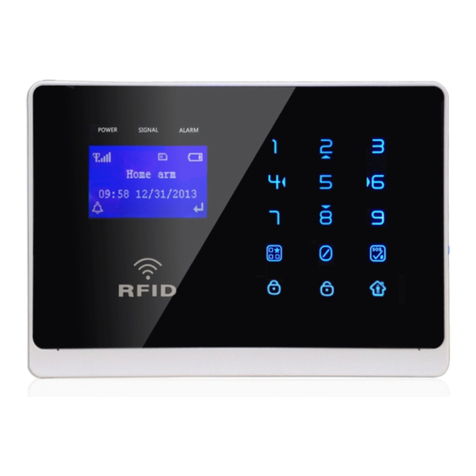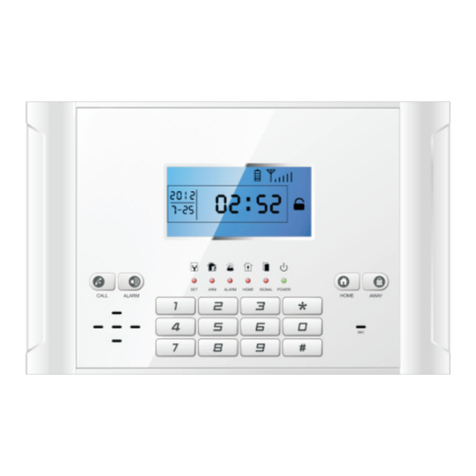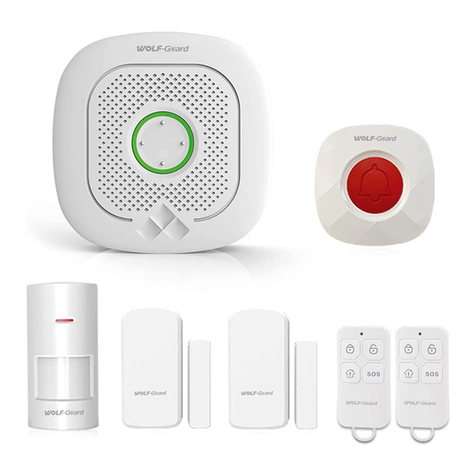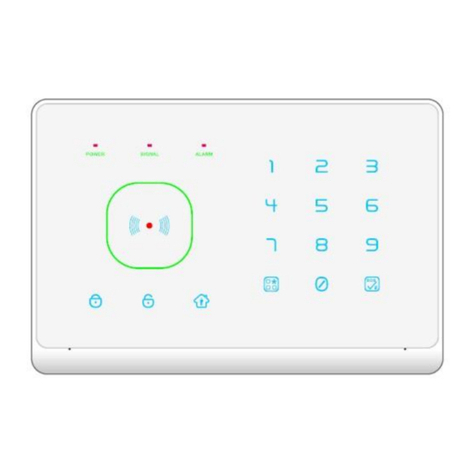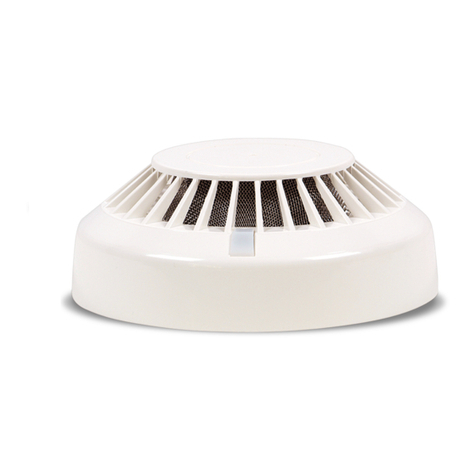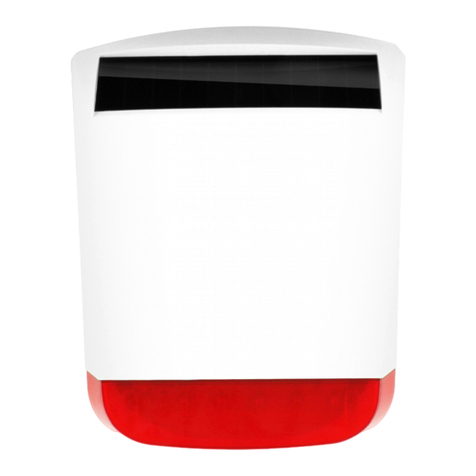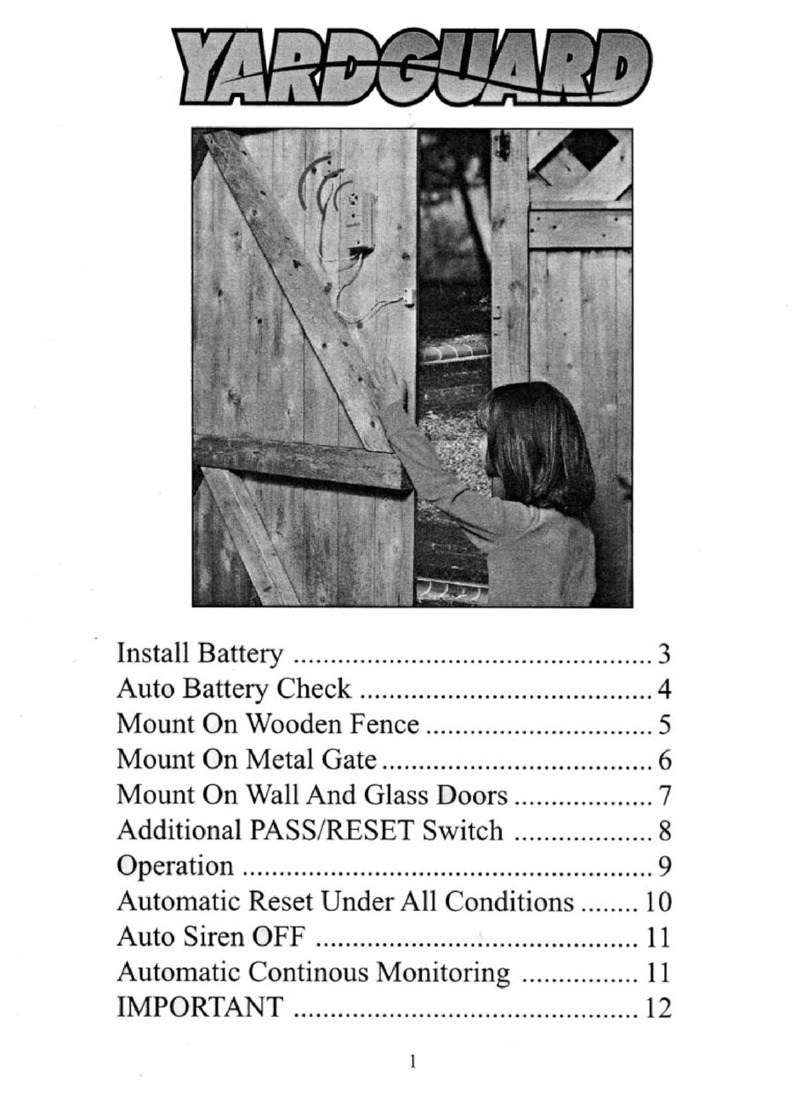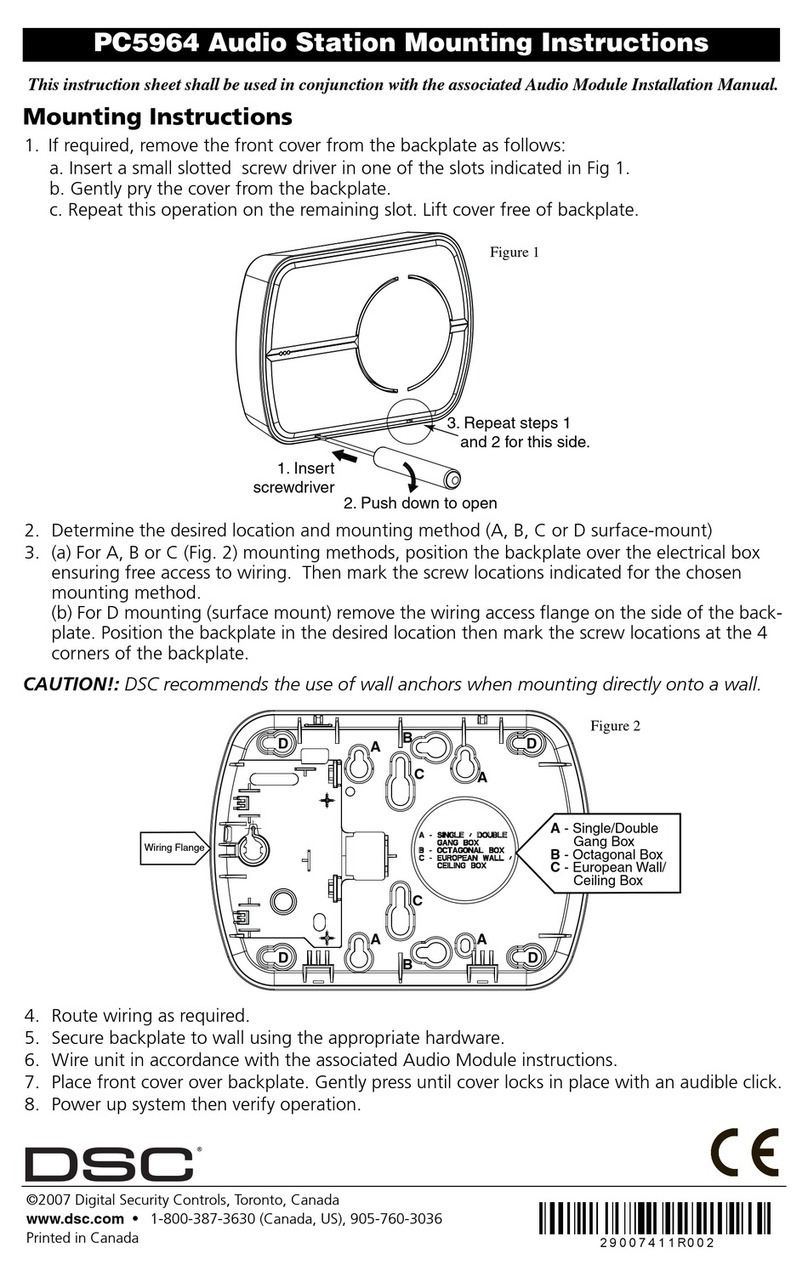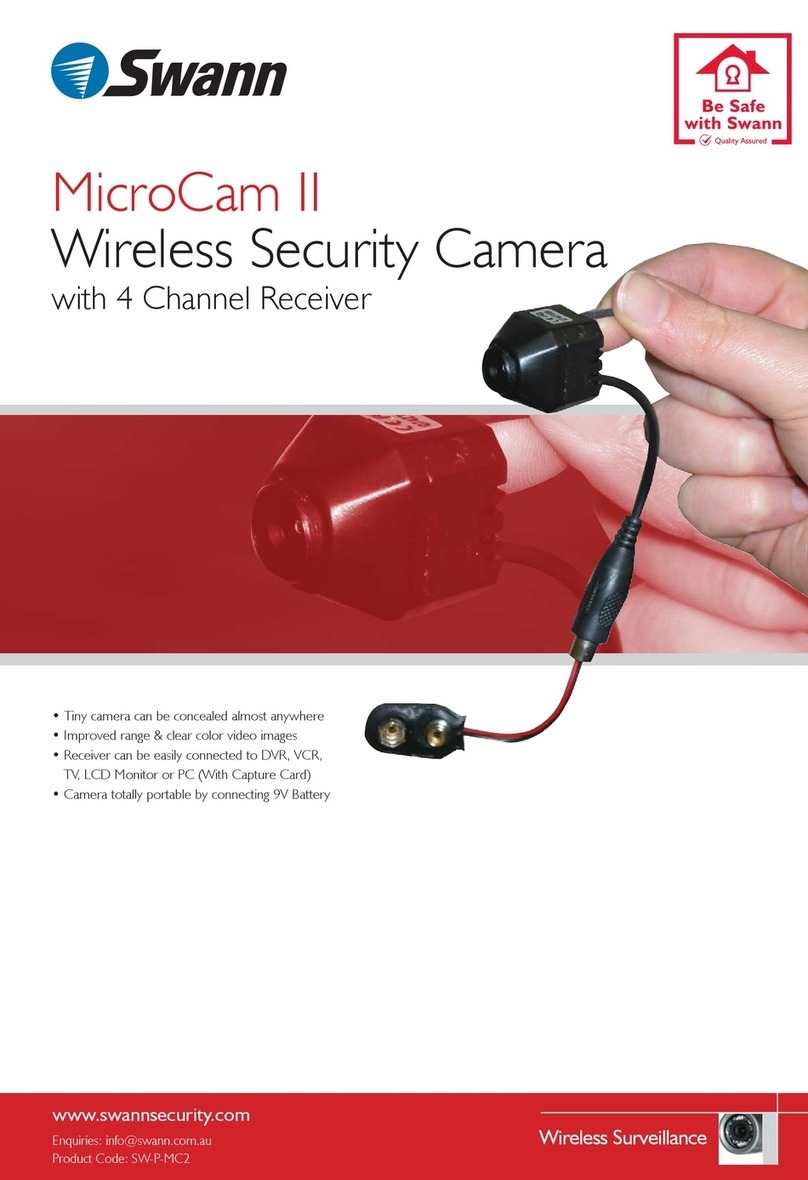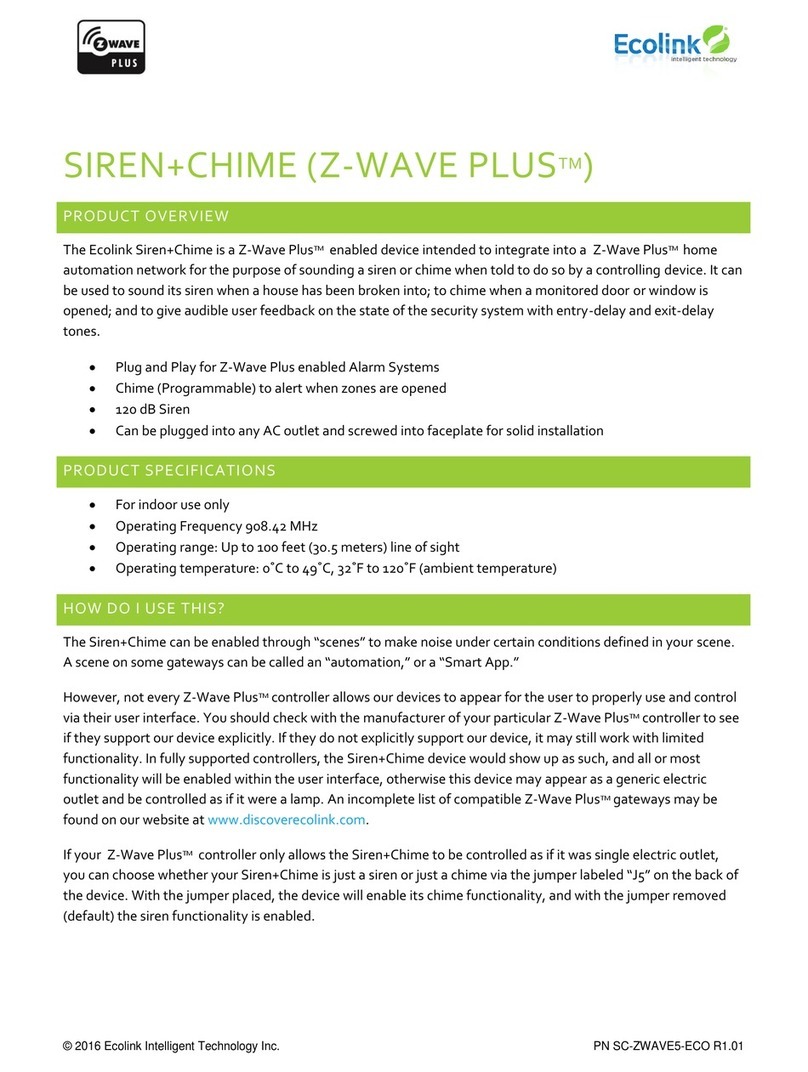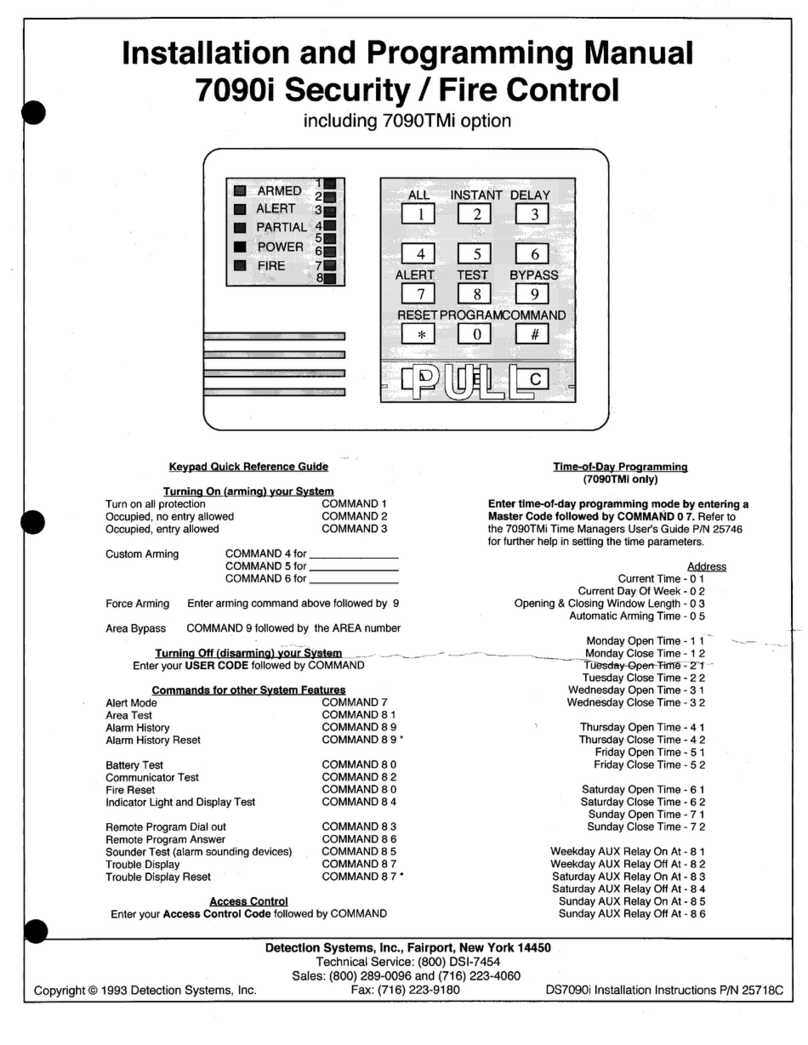11
Delete Phone Number
In setup state, input [51] ~ [56], and then press [#] to confirm the main
unit will make a long beep and the [Signal] indicator will flicker once and
you will hear “delete completed”, which indicate the alarming user
number is deleted successfully.
Operating method: [XX] Ö[#]
XX indicates:the 1- 6 alarming user number [51] ~ [56]
For example: Delete the third alarming user number from the system.
Operating method: [53] Ö[#]
LCD display:
SMS Receiving Number Setting
SMS Receiving number means when system is alarming, it will only
send SMS to this mobile number. You can set maximum 3 SMS numbers.
In setup state, input [57] ~ [59], then input the SMS receiving number,
and then press [#] button to confirm. The main unit will make a beep, the
[Signal] indicator will flicker once and you will hear “setting completed”,
which indicate setup successfully.
Operating method: [XX] Ö[YY…YY] Ö[#]
XX indicates: address codes of message-receiving numbers from the first
group to the third group [57] ~ [59]
YY…YY indicates: the SMS receiving number
For example: setup 13822222222 as the first SMS receiving number
Operating method: [57] Ö[138222222] Ö[#]
Delete SMS Receiving Number
In setup state, use keypad to input [57] ~ [59], and then press [#] button
to confirm. The main unit will make a beep, the [Signal] indicator will
flicker once and you will hear “delete completed”, which indicate SMS
number is deleted successfully.
Operating method: [XX] Ö[#]
XX indicates: address codes of message-receiving numbers from the first
12
group to the third group [57] ~ [59]
For example: delete the first SMS user number from the system
Operating method: [57] Ö[#]
Defense Zone Programming
If you want to change the alarm attribute of defense zone, such as turn off
the siren when system alarms, you can do it by defense zone
programming. In setup state, first input [60], then the defense zone
number [01~99], then input defense zone type [1~4], then input defense
zone location number [1~8], and then select siren on/off [0/1], at last
press [#] to confirm. You will hear the main unit emit a long beep and a
voice prompt “setting completed”.
Operating method: [60] Ö[AA] Ö[B] Ö[C] Ö[D] Ö[#]
AA: defense zone number [01~99] means zone 1 to zone 99;
B: defense zone type
[1]: real-time defense zone [2]: 40 seconds delay defense zone
[3]: 24 hours defense zone [4]: bypass defense zone
C:defense zone location
[1]SOSAlarm [2]FireAlarm [3] Gas Leak Alarm
[4]DoorAlarm [5]HallAlarm [6] Window Alarm
[7]BalconyAlarm [8] Boundary Alarm
D: siren ON/OFF: [0] OFF, [1] ON
For example: set defense zone 12 to be 24-hour, fire alarm and siren on
Operating method: [60] Ö[12] Ö[3] Ö[2] Ö[1] Ö[#]
Home Arm Defense Zone Setting
If you want some detectors work and some do not, you can use [Home
Arm] function.
In setup state, use keypad to input [61], then choose the corresponding
defense zone number [01~99], then choose [Home Arm], and then
choose whether alarm [0/1] button, and finally press [#] to confirm. The
main unit will make a long beep and a voice prompt “setting completed”.
Operating method: [61] Ö[XX] Ö[A] Ö[#]
XX indicates: [01~99] is defense zone 1 to defense zone 99
